Outstanding green credit balance reaches over 564,000 billion VND
Sharing at the workshop “Leveraging large capital sources for green credit” on the morning of December 4, Ms. Pham Thi Thanh Tung, Deputy Director of the Department of Credit for Economic Sectors, State Bank of Vietnam (SBV), said that the implementation of solutions from the banking sector will orient credit capital flows to invest in green, environmentally friendly projects. Thereby contributing to the implementation of the national strategy on green growth and sustainable development.
In recent times, the State Bank has developed solutions and programs in credit and banking activities, contributing to supporting the economy in transforming its growth model towards green, sustainable growth, and responding to climate change.
In particular, recently, the State Bank of Vietnam issued Circular No. 17 guiding credit institutions (CIs) to implement environmental risk management in credit granting activities, demonstrating the responsibility of the banking sector in implementing environmental protection work.
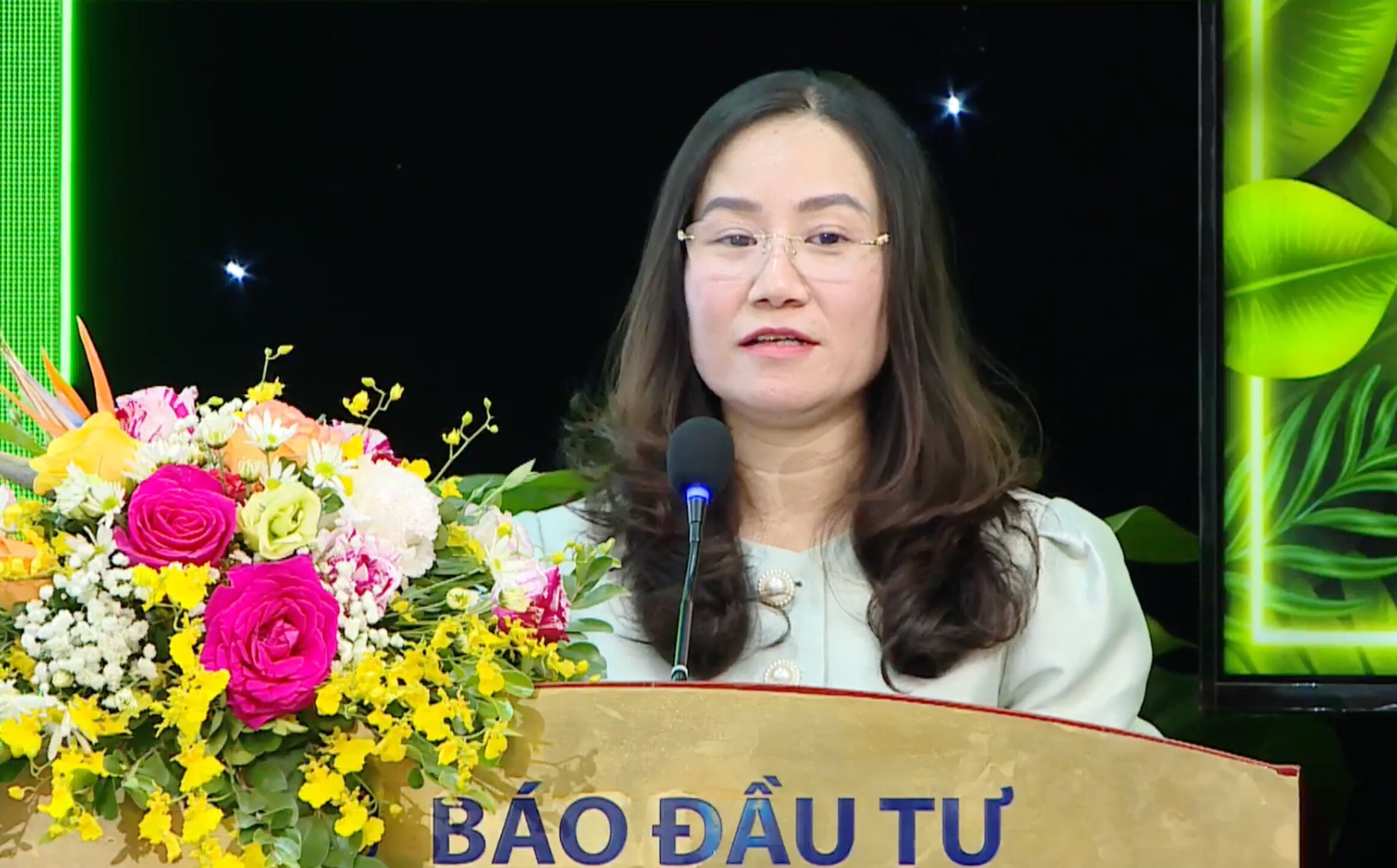
Ms. Pham Thi Thanh Tung, Deputy Director of the Department of Credit for Economic Sectors, State Bank of Vietnam, spoke at the workshop.
At the same time, enhance the risk management capacity of credit institutions in the face of environmental risks of investment projects in groups that have negative impacts on the environment, improve credit quality, safety and efficiency of banking operations; gradually approach international practices.
With the synchronous implementation of the above solutions, in recent times, the awareness of the banking system has clearly changed in providing credit to green industries and sectors, developing a variety of banking products and services to achieve the national goal of green growth.
As a result, in the period 2017-2022, the average green credit outstanding balance reached nearly 23%/year, higher than the general credit growth rate of the economy. By September 30, 2023, 45 credit institutions had generated green debt, reaching more than VND 564,000 billion, accounting for 4.4% of the economy's credit outstanding balance.
Among the 12 green sectors that the State Bank of Vietnam has instructed credit institutions to lend to, outstanding loans are mainly focused on renewable energy, clean energy (accounting for nearly 45%) and green agriculture (more than 30%).
Credit institutions have increased their assessment of environmental and social risks in their credit granting activities with outstanding loans of more than VND2.6 million billion. Outstanding loans assessed for environmental and social risks have increased 10 times compared to the time when Directive No. 03/CT-NHNN began to be implemented in 2015.
You can't "clap with one hand"
However, according to Ms. Tung, the implementation of solutions to promote green credit is currently facing some difficulties.
Firstly, there is no general national regulation on criteria and list of green projects for industries/fields according to the economic classification system, as a basis for credit institutions to determine green credit granting.
Second, granting green credit requires in-depth environmental technical factors, which will make it difficult for credit officers to appraise and evaluate the project's effectiveness and the customer's ability to repay the loan.
Third, investment in green industries/sectors, especially renewable energy and green buildings, often requires a long payback period and high investment costs, while the lending capital of credit institutions is often short-term mobilized capital. Meanwhile, long-term capital from the capital market, especially the green bond channel, has not really developed.
To remove difficulties and obstacles and promote green credit development, Ms. Tung said that in the coming time, the State Bank will continue to implement solutions and policies to promote the banking sector's activities towards the goal of green growth.
Specifically, the State Bank will guide credit institutions to grant green credit for the National Green Classification List after the Prime Minister issues a Decision approving the List of project classifications granted green credit and issuing green bonds;
Monitor and guide credit institutions to implement environmental risk management according to Circular No. 17/2022/TT-NHNN, promptly remove difficulties in the process of credit institutions developing internal regulations;
Actively implement capacity building training for credit institutions in effectively deploying green financial tools; promote solutions to mobilize international resources to support green growth and sustainable development.
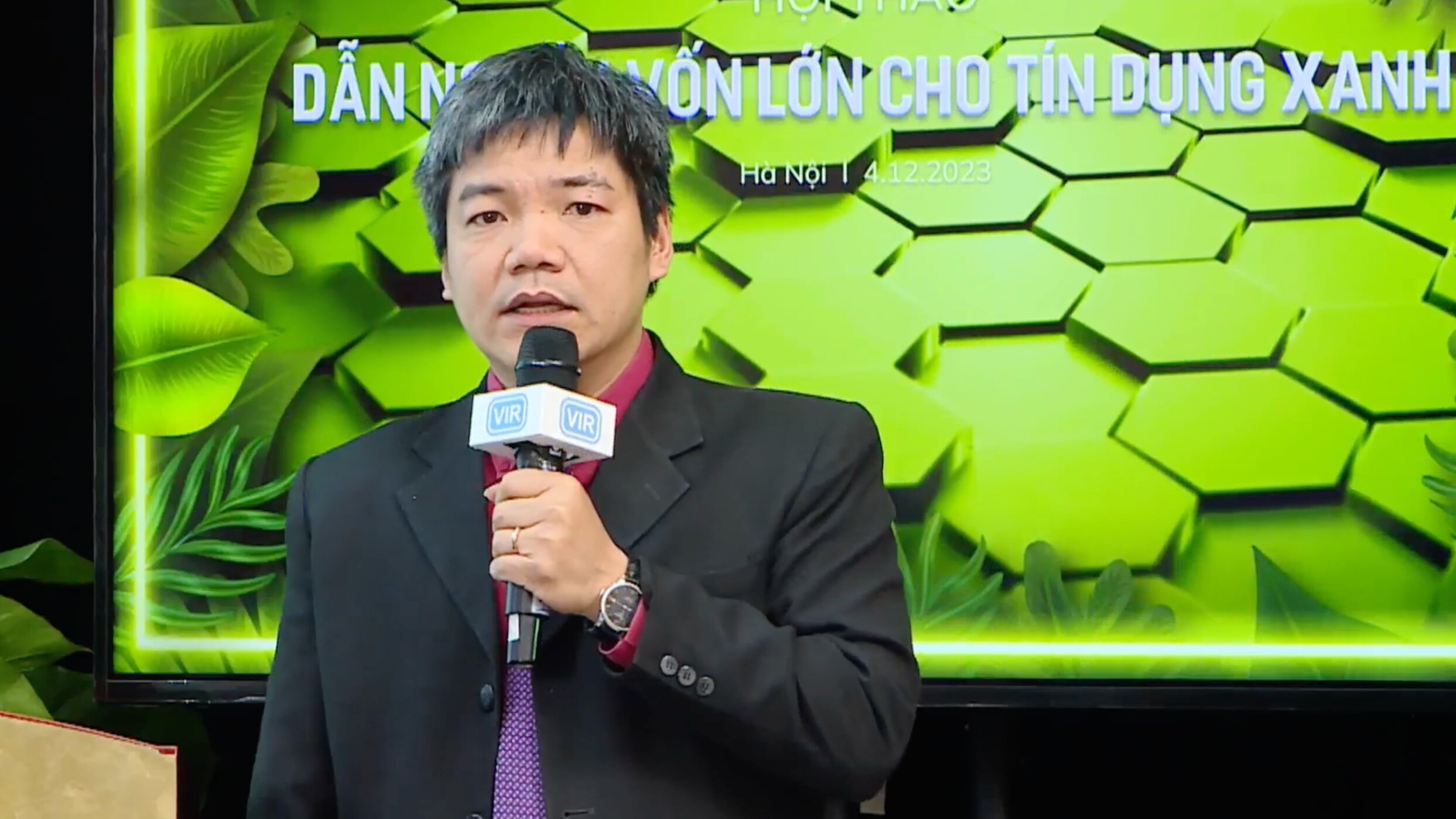
Mr. Nguyen Ba Hung - Chief Economist of the Asian Development Bank (ADB) in Vietnam spoke at the workshop.
Sharing the same view with Ms. Tung, Mr. Nguyen Ba Hung - Chief Economist of the Asian Development Bank (ADB) in Vietnam said that it is necessary to quickly complete the legal framework on green economy and green finance.
Identify specific quantitative targets in line with Vietnam's international commitments and create momentum for green finance development. Proactively access international capital sources through bilateral cooperation and international financial institutions to attract capital.
Accelerate the implementation of carbon certification, establish a domestic carbon market and connect with the international carbon market. The government can take the lead in issuing green bonds, based on the budget management system for green items.
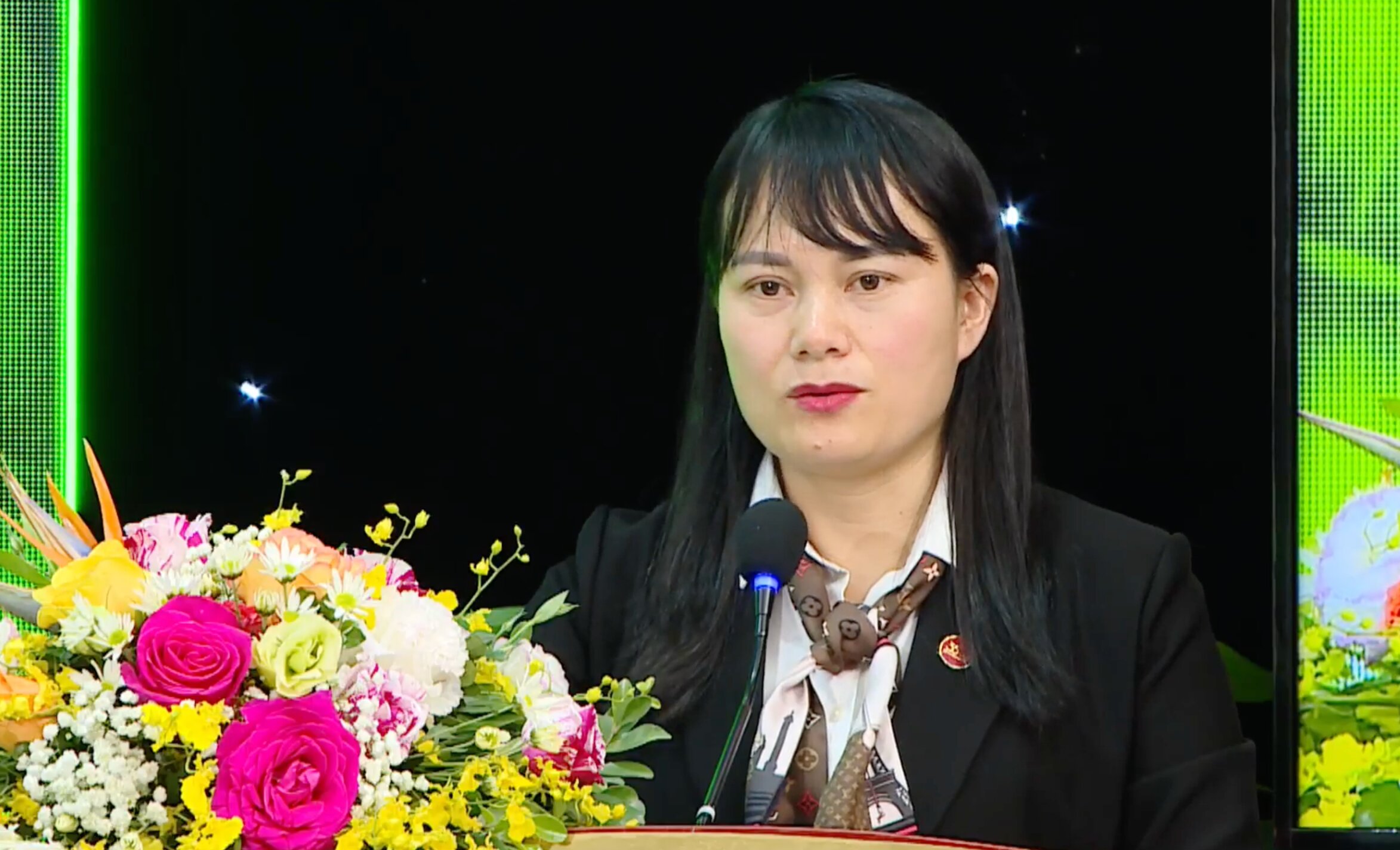
Ms. Phung Thi Binh, Deputy General Director of Vietnam Bank for Agriculture and Rural Development (Agribank) spoke.
According to Ms. Phung Thi Binh, Deputy General Director of the Vietnam Bank for Agriculture and Rural Development (Agribank), promoting green credit development requires cooperation between all parties.
“To successfully implement the national strategy on green and sustainable growth, it is necessary to have the synchronous participation of all agencies and sectors from the central to local levels. I imagine that if only the bank participates in this process, it is no different from us just “clapping with one hand”.
The banking system alone cannot successfully implement the national strategy on green and sustainable growth. It requires the participation of agencies, the issuance of specific regulations, and the consensus of related units and businesses because green credit is a global trend,” said Ms. Binh .
Thu Huong
Source


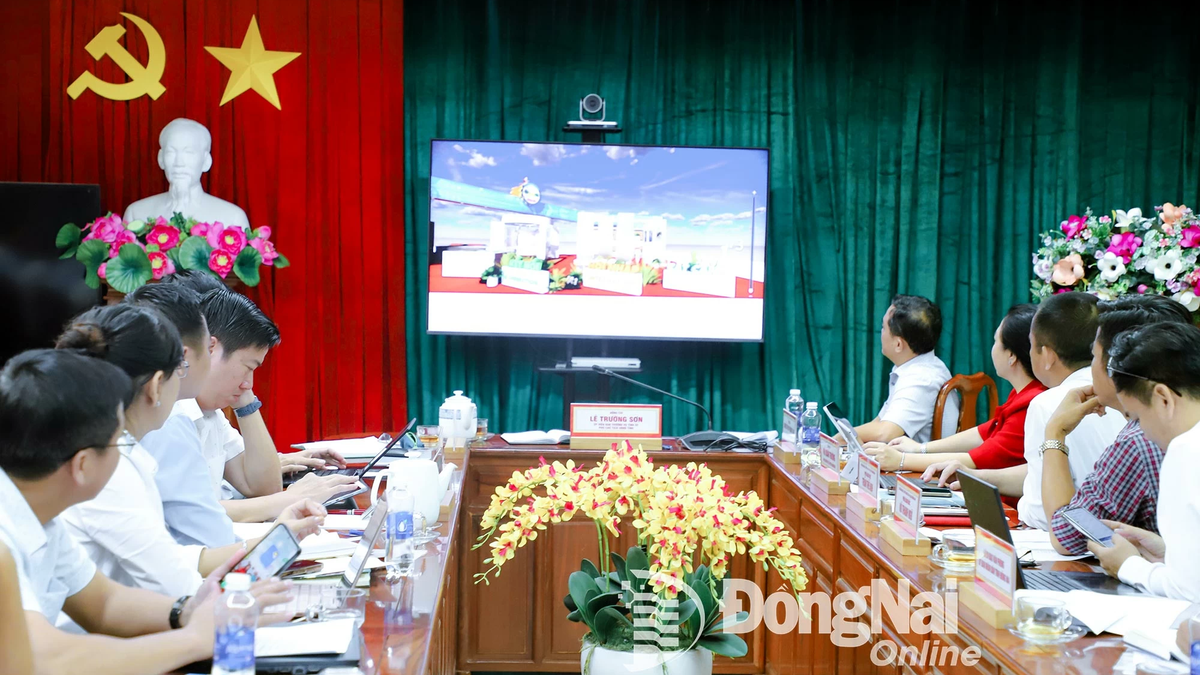
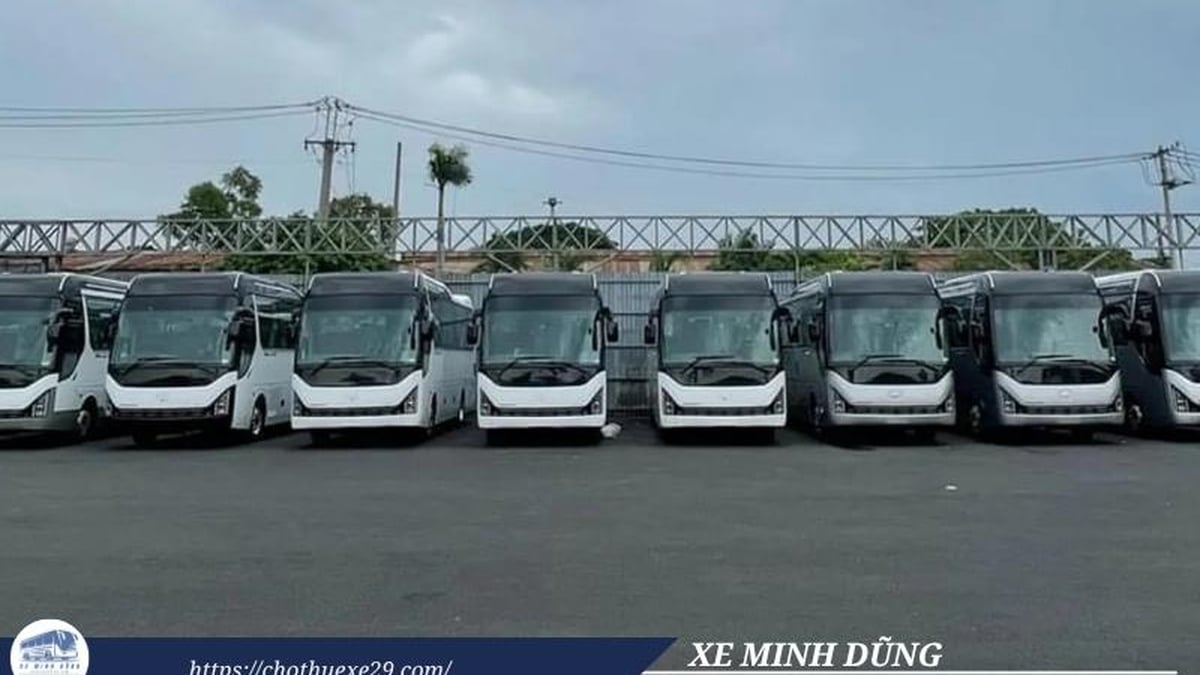

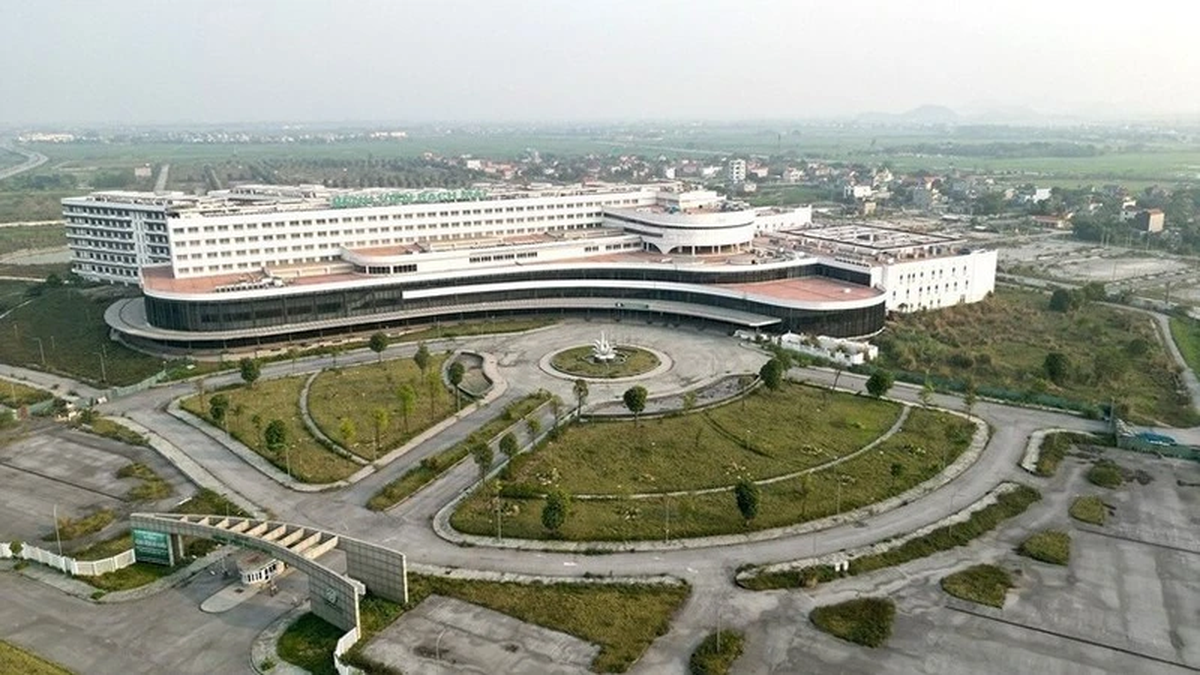



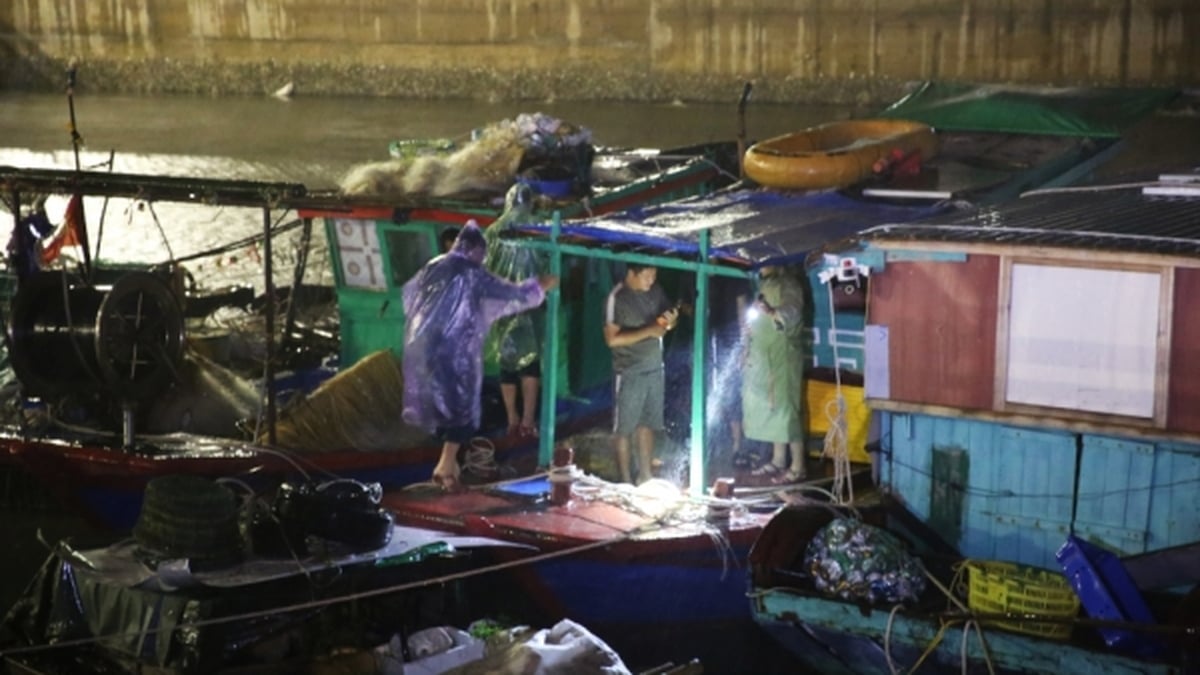
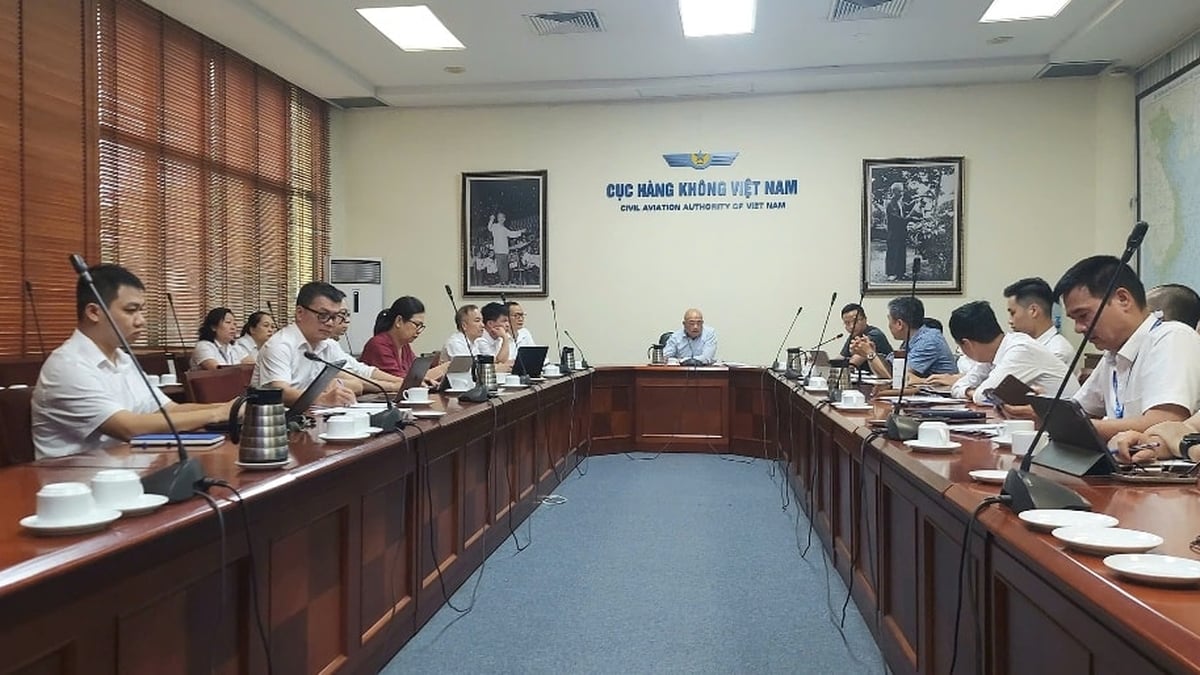
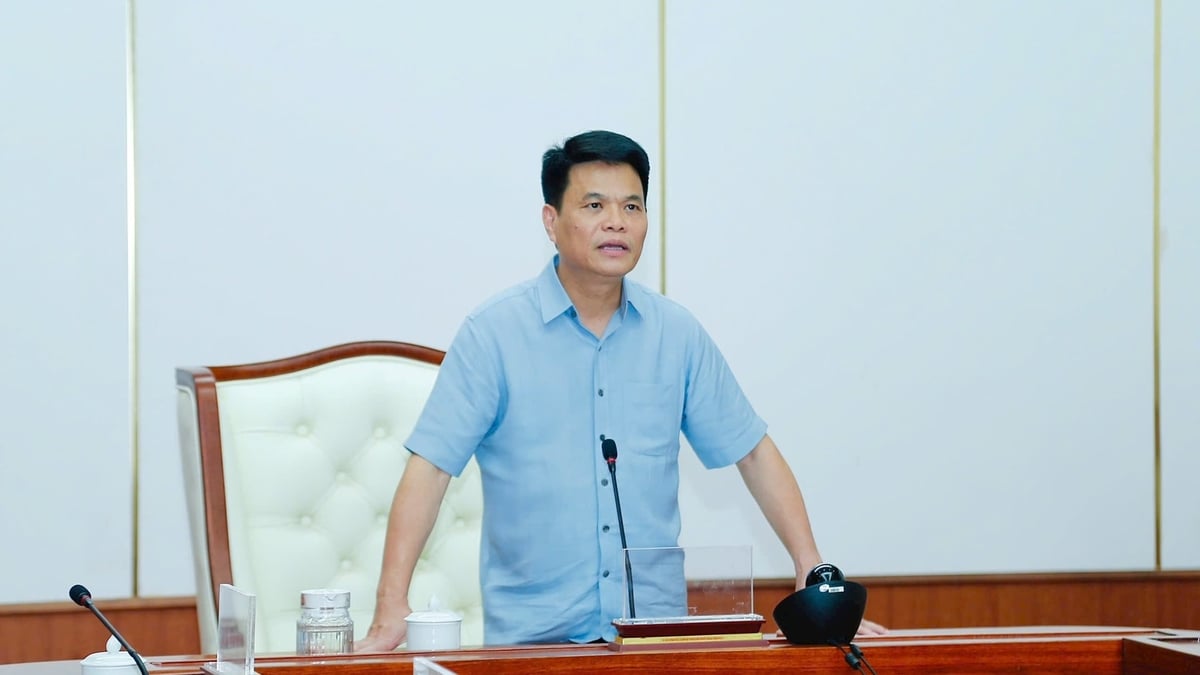















![[Photo] National Assembly Chairman Tran Thanh Man visits Vietnamese Heroic Mother Ta Thi Tran](https://vphoto.vietnam.vn/thumb/1200x675/vietnam/resource/IMAGE/2025/7/20/765c0bd057dd44ad83ab89fe0255b783)










































































Comment (0)